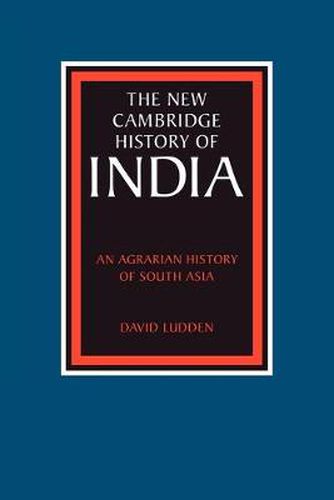Readings Newsletter
Become a Readings Member to make your shopping experience even easier.
Sign in or sign up for free!
You’re not far away from qualifying for FREE standard shipping within Australia
You’ve qualified for FREE standard shipping within Australia
The cart is loading…






Originally published in 1999, David Ludden’s book offers a comprehensive historical framework for understanding the regional diversity of agrarian South Asia. Adopting a long-term view of history, it treats South Asia not as a single civilization territory, but rather as a patchwork of agrarian regions, each with their own social, cultural and political histories. The discussion begins during the first millennium, when farming communities displaced pastoral and tribal groups, and goes on to consider the development of territoriality from the sixteenth to the nineteenth centuries. Subsequent chapters consider the emergence of agrarian capitalism in village societies under the British, and demonstrate how economic development in contemporary South Asia continues to reflect the influence of agrarian localism. As a comparative synthesis of the literature on agrarian regimes in South Asia, the book promises to be a valuable resource for students of agrarian and regional history as well as of comparative world history.
$9.00 standard shipping within Australia
FREE standard shipping within Australia for orders over $100.00
Express & International shipping calculated at checkout
Originally published in 1999, David Ludden’s book offers a comprehensive historical framework for understanding the regional diversity of agrarian South Asia. Adopting a long-term view of history, it treats South Asia not as a single civilization territory, but rather as a patchwork of agrarian regions, each with their own social, cultural and political histories. The discussion begins during the first millennium, when farming communities displaced pastoral and tribal groups, and goes on to consider the development of territoriality from the sixteenth to the nineteenth centuries. Subsequent chapters consider the emergence of agrarian capitalism in village societies under the British, and demonstrate how economic development in contemporary South Asia continues to reflect the influence of agrarian localism. As a comparative synthesis of the literature on agrarian regimes in South Asia, the book promises to be a valuable resource for students of agrarian and regional history as well as of comparative world history.